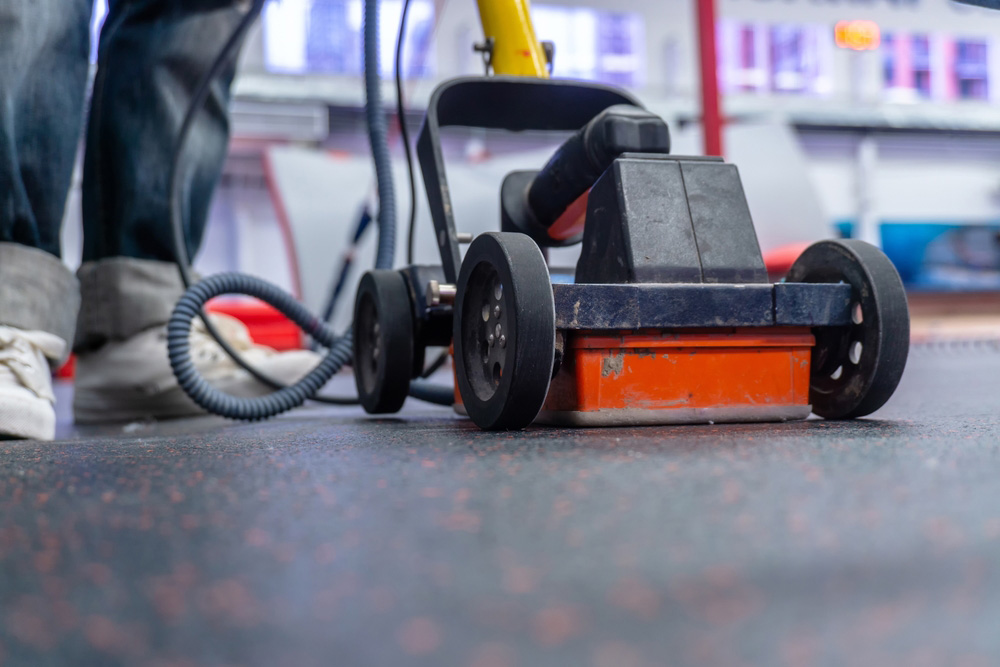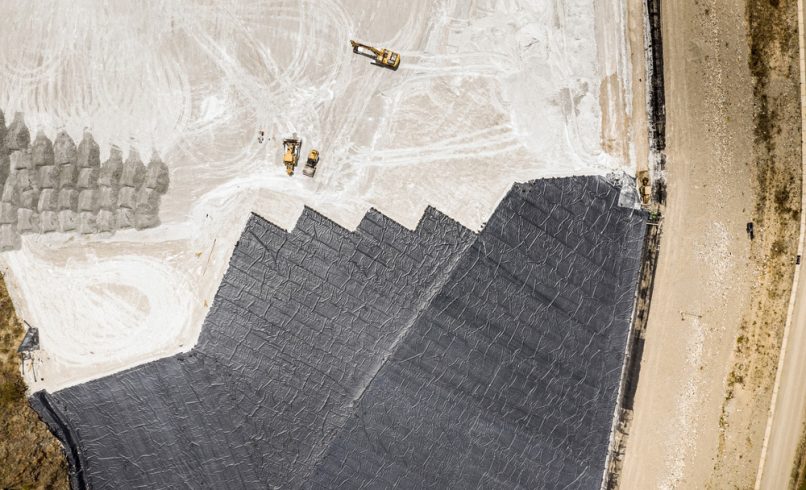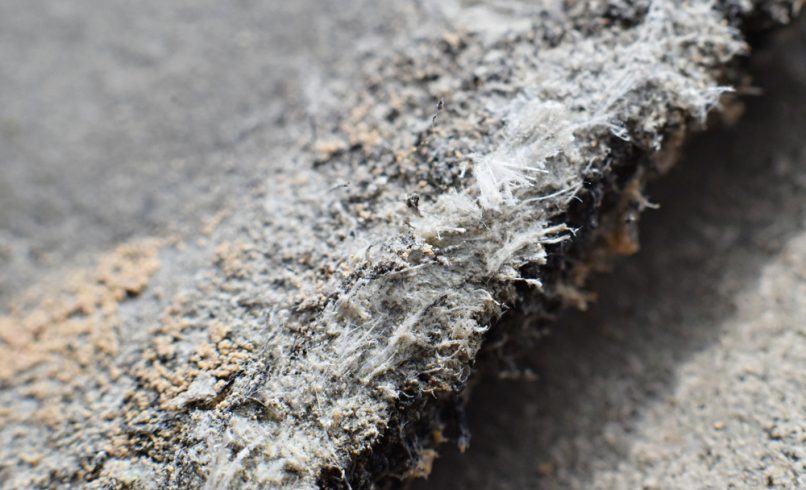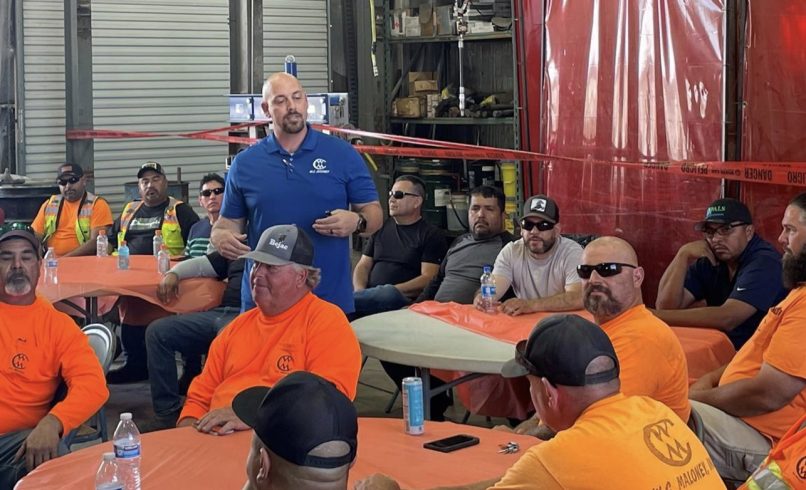How GPR Concrete Scanning Works and Why It’s Important

GPR scanning is a vital tool in the construction industry, and a critical test to implement prior to any demolition, saw cutting or core drilling where concrete is involved. Here is a review of everything you need to know about GPR concrete scanning and why it is so important.
What is GPR Scanning
GPR is a non-destructive technique that uses electromagnetic radio waves to capture images of what exists within structures and surfaces. This test has practical applications in a variety of fields including the demolition and construction industries, civil engineering projects, archeology, geology, law enforcement, cemetery mapping and other scientific studies.
GPR scanning is invaluable for inspecting and evaluating the overall condition of concrete, detecting potential defects within its structure, and locating the existence of rebar and other embedded objects. It can help identify areas of concern before they become major problems.
What GPR Concrete Scanning is Used For in Construction
During the initial assessment for construction projects, a walk-through of the work area is conducted to identify potential limiting factors and determine the feasibility of using GPR technology. During scanning, GPR emits its radar pulses to create the subsurface images, and in the analysis step the data is interpreted to identify relevant information for construction decisions.
In GPR concrete scanning for construction, higher frequency systems (1,500 to 2,600 MHz) are used to transmit into concrete. The time delay and strength of the reflected signals are recorded by the crew and analyzed to determine the existence and “type” of entity that exists within the concrete. (Each property has a different energy.) Then the location of the elements found inside concrete are intricately marked on the surface so that cutting/drilling can be performed while avoiding the risks.
Concrete is pervasive throughout buildings and roadways, and one often forgets that it contains complex features below the surface. During pre-demolition or saw cutting planning, GPR scanning is used to detect a wide range of objects and anomalies, such as:
- Rebar and other embedded objects. These materials are often used for structural integrity. GPR scanning can identify the exact location, size, and orientation of rebar, pipes, conduits, and other related materials.
- Voids and delamination. Delamination is a failure in the structure of the concrete, such as horizontal splitting or separation between layers of the concrete. GPR scanning can detect these as well as air pockets and voids in concrete, identifying areas of risk and where care is needed.
- Cracks and fractures. GPR can detect the presence and location of cracks and fractures in concrete, especially those that may not be visible on the surface.
The Benefits of GPR Scanning
There are several key benefits to GPR:
- It is non-destructive
- It is fast (hundreds of measurements captured per second)
- It can detect both metallic and non-metallic materials
- It provides superior resolution and reliability
- It is cost effective
And then there’s the obvious benefit: GPR lets us see places the human eye can’t.
But while the value of GPR scanning seems obvious on the face of it, it’s helpful to think holistically about the benefits of taking the time for this technology. In construction, not scanning to save a few minutes and dollars on the front end may result in costly implications on the back end.
Benefits of GPR scanning prior to demolition work, saw cutting or core drilling include:
- Avoiding sub-surface pitfalls to reduce business risks, project delays, safety concerns, power outages, and other unplanned interruptions.
- Reaching tight corners, ceilings, and other hard-to-reach areas with ease and confidence.
- Preventing damaging critical infrastructure by locating and tracing rebar, utilities, electrical conduits, cables, voids, and other risk-carrying materials.
- Avoiding unaccounted for and expensive repairs. Accidentally cutting or damaging some of the infrastructure above has high cost implications – both in time and money.
- Maintaining the integrity of the overall structure by identifying necessary reinforcement such as rebar and post tension cables.
Why GPR Is Important for Demo and Construction
Prior to demolition, saw cutting or core drilling, it is critical to find a subcontractor who can uncover problems and complexities within the various surfaces. W.C. Maloney (WCM) utilizes leading-edge GPR Scanning technology and has trained technicians who can accurately identify anomalies within concrete structures.
Concrete structures are often quite complex internally, containing a variety of rebar, anchors, channels for utilities, and non-metallic objects. Identifying these risk areas is important when undertaking projects large and small.
GPR scanning is a complementary service to WCM’s concrete cutting and core drilling capabilities.




